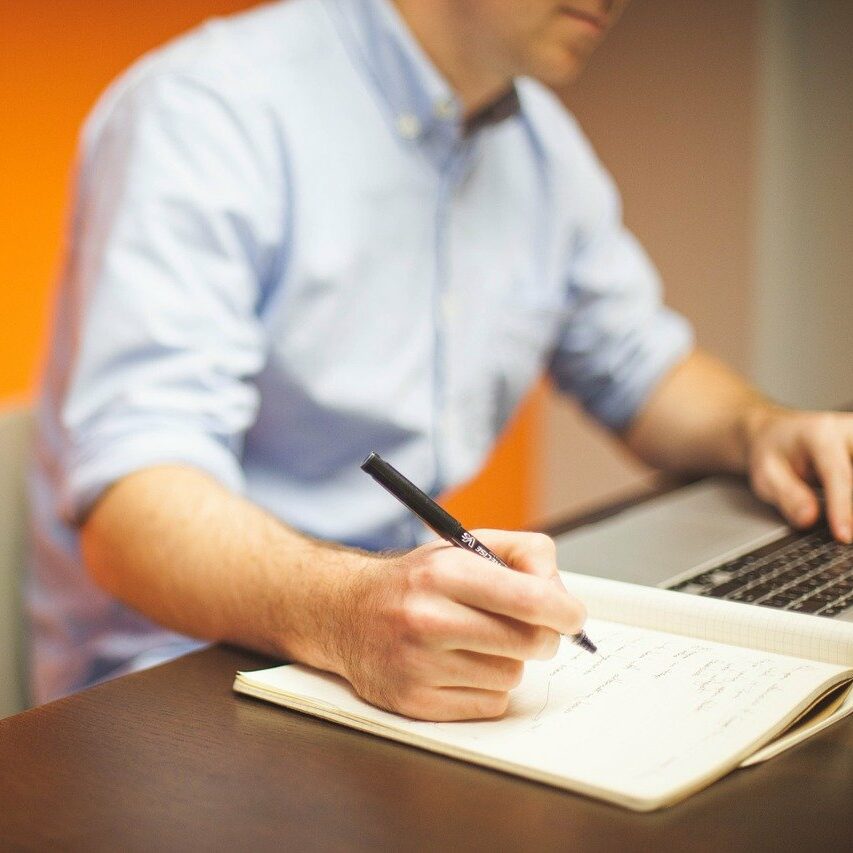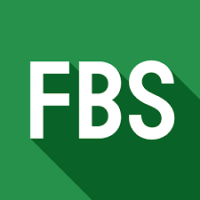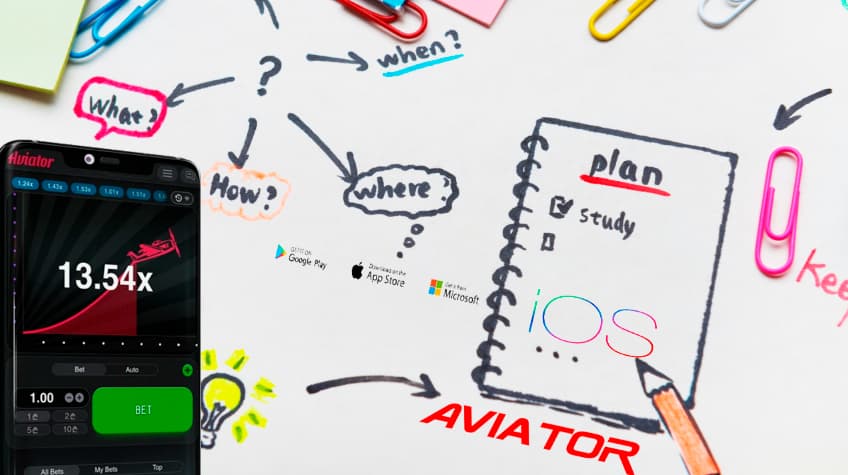1 773 people
who were attend the events
17 conferences
have already happened
110 hours
duration of all conferences
13 speakers
held our conferences on a variety of topics
Why us?
These courses are for you if you:
If you’re interested in getting a job in IT – then start signing up for our conferences right now. Break the stereotype that programmers are mathematicians and learn how to write code.
By going through all the blocks with personal mentor support, you will have the knowledge to get into any IT company.




Frontend Developer
Who the training is suitable for
Beginners who want to learn a profession from scratch.
Those who have already tried to learn on their own, but feel the need for a mentor.
Those who have tried external courses, but still have difficulties with writing code by themselves
How to learn the essentials
JavaScript, HTML and CSS, Frameworks (React + Redux Toolkit), Algorithms and data structures, Frontend (DOM API), Programming is not only code, but also related tools: command line, NPM, Git, Webpack
PHP Developer
Who the training is right for
Beginners who want to learn the profession from scratch
People who have already tried to learn by themselves, but feel the need for a mentor.
Those who have tried external courses, but are still having trouble writing code on their own
We study only the essentials
PHP, Algorithms and data structures, Architecture, HTML and CSS, Databases (SQL), Infrastructure, Frameworks (Slim, Laravel), Quality

You don’t need special skills to work in IT. Start work today
We teach all the missing skills
Join us. It will only take a minute.
Our Speakers
We are very carefully select people in our team, and we can say with certainty that all of them are true professionals in their field. But not only in their knowledge, they are also excellent coaches and real teachers, able to teach
anyone.

Tony Ellis
Developer
system programmer

Matthew Carroll
Developer
web programmer

Erika Copeland
Developer
application programmer

Kari Nunez
Developer
back end, full stack
A little bit about us in percentages
Tests are carried out throughout the period to monitor the quality of the submitted material
87%
got a job after our training
93%
positive reviews
91%
of respondents found our courses useful
Latest news
A little bit about the courses and conferences that have already taken place. But don't worry, enrollment will be open soon!
Global financial markets have changed substantially with the integration of digital platforms […]
Phone usage in 2023 was dominated by mobile games, which led to […]
OpenAI’s GPT-3, or Artificial Intelligence, is transforming the way we write and […]
Do you still have questions?
Let us know!





 Avenga offers comprehensive
Avenga offers comprehensive 




